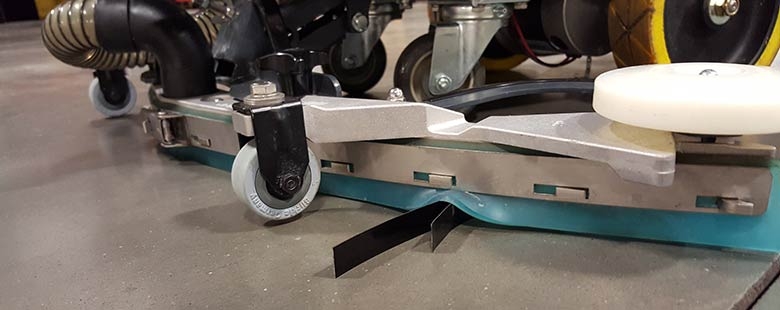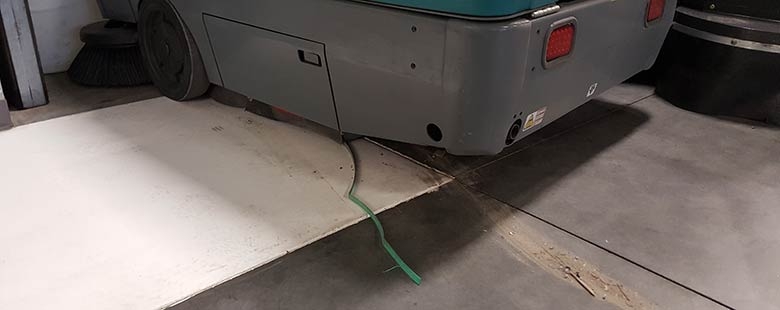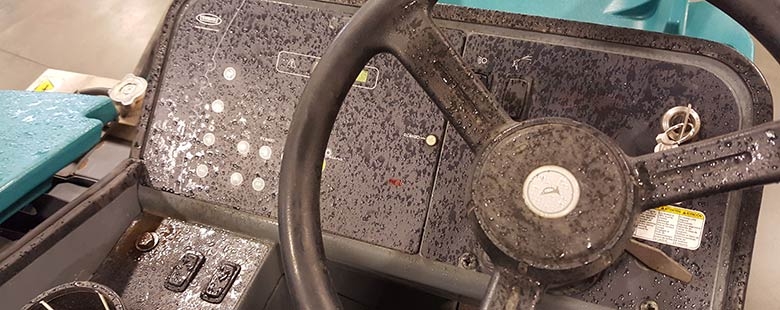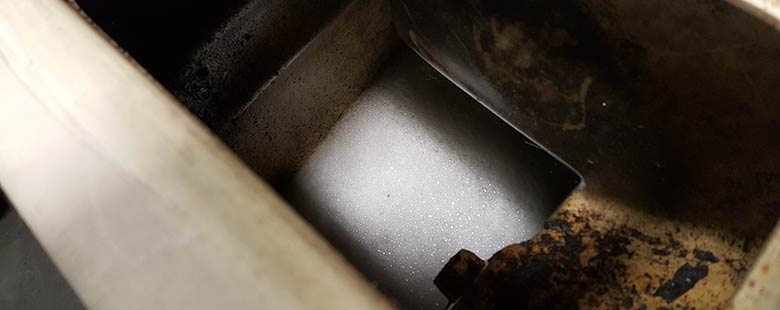We often talk about what you should do to maintain your floor cleaning equipment. Empty and clean your tanks after every use. Rotate your brushes regularly. Water your batteries as needed. But what about things you should NEVER do?
It’s important to us that you get the most out of your equipment purchase. Floor cleaning equipment is an investment and one that can and should continue to work for you for a very long time. Maintenance matters. You wouldn’t buy a new car and never change its oil. Floor cleaning equipment needs to be cared for too. And while we will continue to stress the importance of maintenance, offering affordable planned maintenance schedules to our customers, it’s equally important to talk about other causes of damage to your equipment; damage that is easily avoidable.
When you’ve been in the floor cleaning equipment industry as long as we have, you hear all kinds of stories about how equipment brought in for repair was damaged. We want to help prevent you from making some easily avoidable mistakes that could potentially damage your floor scrubber or sweeper.
5 Tips to Avoid Damage to your Scrubber or Sweeper
1) Avoid running over objects hazardous to your squeegee
A floor scrubber’s squeegee is key to ensuring that the machine leaves floors clean and dry. Although squeegees are a relatively small and inexpensive piece of the overall floor scrubber, a badly worn or damaged squeegee has to potential to ruin even the most precise scrubbing job. Without a good seal on the floor surface, a squeegee can leave behind water, soap, oils, and more.
When your squeegee creates a secure seal on the floor surface it will leave floors virtually bone dry after scrubbing. This secure seal also means that running over hazardous objects can damage your squeegee blade. We sometimes see this happening in fitness facilities. Rigs held down by uncut bolts, for example, can cause damage to the squeegee if the machine passes over the bolts. Be careful of the objects you run over with your machine to prevent your squeegee from tearing or not lasting as long as it should.

2) Avoid cleaning heavily soiled floors without pre-sweeping
We covered the importance of pre-sweeping recently in our article on 7 floor cleaning shortcuts to avoid, but it is worth noting again. Pre-sweeping heavily soiled floors can help prevent really easily avoidable damage to your machine. Hoses can become clogged if you’re operating the machine on extremely dirty floors. This puts unnecessary added pressure on the machine’s vacuum system. If you are guilty of cleaning heavily soiled floors without pre-sweeping and are now facing an issue with your floor scrubber’s vacuum suction, check out these easy fixes.

3) Avoid dumping the recovery tank from the edge of a loading dock
More important than avoiding damage to your floor scrubber should it accidentally fall off the dock, there is the threat of potential serious injury to the equipment operator when dumping a recovery tank off of the edge of a loading dock. Though common sense might tell us otherwise, it can be very tempting and seemingly easy to dump the liquid from the recovery tank off of the edge of a loading dock. Unfortunately, we have seen many accidents from this act over the years. Sometimes the dock leveling plate drops unexpectedly and the scrubber simply rolls off. Remember, metal dock plates are slippery when wet.
Sweeper operators likewise should never dump a sweeper with a hydraulic high dump hopper into a dumpster that is located down in a loading dock for similar reasons. Industrial scrubbers and sweepers are powerful, heavy machinery. It is far too easy to misjudge the edge of a loading dock while operating equipment. Don’t risk it.
4) Avoid moisture when storing your equipment
Storing your equipment in optimal conditions can help you avoid damaging the internal workings of your equipment. Before storage drain all tanks, lift the squeegee assembly up off the ground, and make sure the pad driver/brush is also in the up position. Store your equipment indoors and in a dry area. Moisture and moving parts/sophisticated electronics do not mix.

5) Avoid excessive foam in your tanks
Foam built up in the recovery tank can be sucked into the vacuum motor, shortening its life. Vacuum motors can range in price from around $200 to well over $900. Don’t cause yourself to have to replace it long before you should by allowing something as simple to avoid as excessive foam to damage it. To help reduce foam, make sure your tanks are rinsed after each use. Chemical buildup in the recovery tank can contribute to excessive foam. When filling the solution tank, fill it with plain water first and then add the chemical. This will also help prevent excessive foam.

Businesses around the world garner the added value of floor cleaning equipment. All of our high quality, American-made, industrial floor cleaning equipment is built to withstand harsh environments and significantly boost productivity for many years. With the right training and knowledge, operators can do their part to help keep equipment in working order, without the need for premature parts or repairs. Downtime and repairs can be costly. Avoid unnecessary damage to your machine by knowing what potential hazards to look out for.
Run into one of these issues and need more help? Rely on FCE to service your floor cleaning machine!

